10 Chipsets Similar to MediaTek Helio G99 & G100
The MediaTek Helio G99 is a very popular 4G chipset released in 2022 as the successor to the Helio G96. Its popularity can be seen from the many smartphones that use this chipset. This is because the Helio G99 offers fast 4G performance, especially when paired with larger RAM like 8 GB.
Due to its popularity, the Helio G99 has been modified by various brands. For example, Xiaomi released the Helio G99 Ultra, and Infinix introduced the Helio G99 Ultimate.
MediaTek later reintroduced the Helio G99 under a new name: Helio G100. The G100 has almost the same specifications as the G99, with one key difference; its main camera support goes up to 200 MP, while the G99 supports up to 108 MP.
Apart from that, both chipsets share many similarities. They are built using TSMC’s 6 nm manufacturing process and come with an octa-core processor. This processor includes two high-performance Cortex A76 cores running at 2.2 GHz and six power-efficient Cortex A55 cores at 2.0 GHz.
Both also use the Mali G57 GPU, support LPDDR4X RAM, and use UFS 2.2 storage technology. They handle displays with resolutions up to Full HD and refresh rates of 120 Hz. Connectivity-wise, both have Cat-13 4G LTE modems.
The Helio G99 and G100 also include HyperEngine 2.0 Lite technology. This system aims to maximize hardware performance and enhance gaming experiences. You’ll find this technology in many other MediaTek chipsets as well.
Now that you know more about the Helio G99 and G100, you might wonder how they compare to other chipsets. Below, we list several chipsets that offer similar performance.
Keep in mind, this list does not contain exact equivalents. However, the chipsets listed generally compete within the same performance range.
1. MediaTek Dimensity 6080
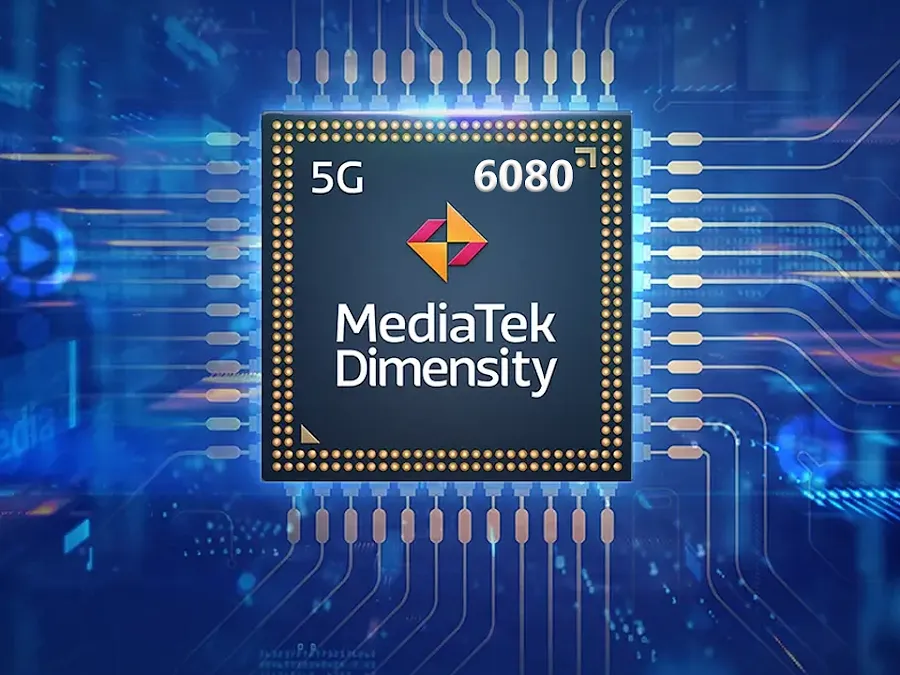
The MediaTek Dimensity 6080 is often compared to the Helio G99. It belongs to the same family and also uses a 6nm process. However, it offers better connectivity and graphics performance.
Its CPU features two Cortex-A76 cores running at 2.4 GHz and six Cortex-A55 cores. The Mali-G57 MC2 GPU helps deliver smoother graphics, especially on Full HD+ displays with up to 120Hz refresh rates.
This chipset supports cameras up to 108 MP and can record video in 2K at 30fps or 1080p at 60fps. It also supports 5G networks, and its AnTuTu benchmark score exceeds 400,000.
2. Snapdragon 685

On the Qualcomm side, the Snapdragon 685 is a solid choice compared to the Helio G99. While it lacks 5G support, it still delivers good performance thanks to its 6nm process and Kryo 265 CPU architecture. This includes four Cortex-A73-based cores and four Cortex-A53-based cores.
Its Adreno 610 GPU is not built for demanding games but works well for multimedia tasks such as streaming high-res videos and casual gaming. The Snapdragon 685 supports cameras up to 64 MP and can record video at 1080p and 30fps.
This chipset stands out for its excellent power efficiency and steady everyday performance. With an AnTuTu score between 330,000 and 350,000, it suits users who want long battery life and enough power for light to moderate use.
3. Snapdragon 680
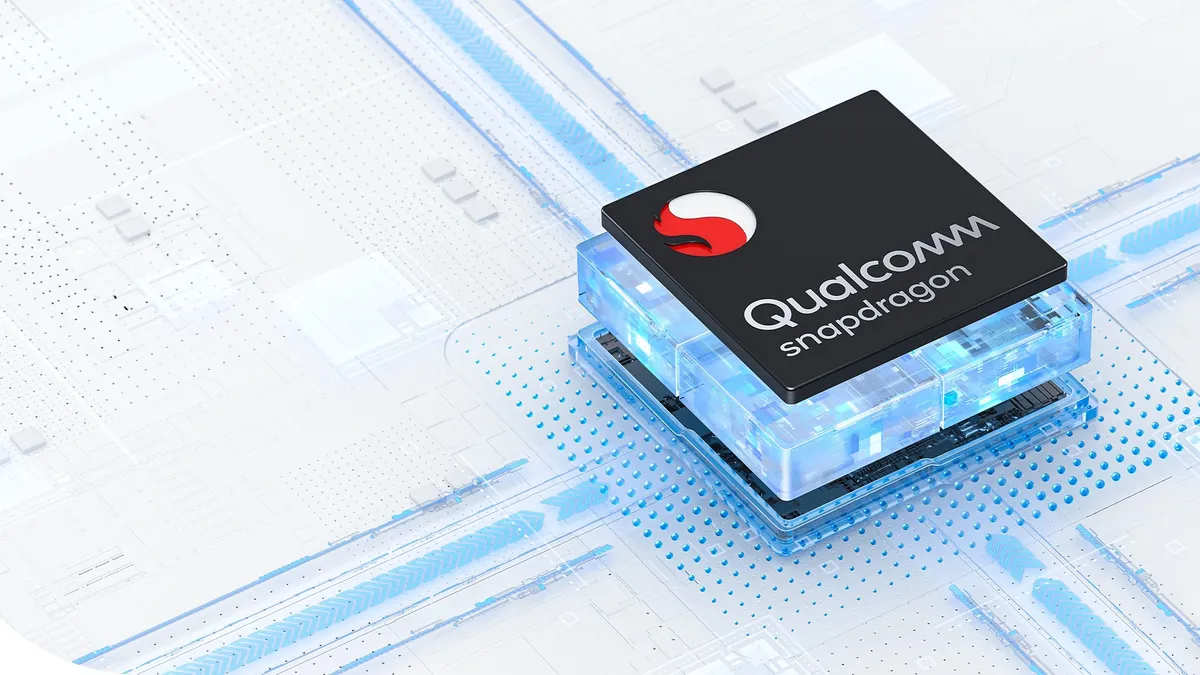
Snapdragon 680 is the predecessor to the Snapdragon 685 and belongs to the same category as the Helio G99. While its performance is a bit lower than the Snapdragon 685, this chipset remains reliable for everyday tasks.
It uses the same 6nm fabrication process and features eight Kryo 265 cores that can deliver good power efficiency and smooth performance for typical apps like social media, web browsing, and video streaming. The Adreno 610 GPU handles basic graphics needs well.
This chipset supports cameras up to 64 MP and can record videos at 1080p and 30fps. Its AnTuTu score falls between 270,000 and 290,000. Although it lacks 5G support, the Snapdragon 680 is popular for entry-level to mid-range phones because of its excellent battery life.
4. Unisoc T820
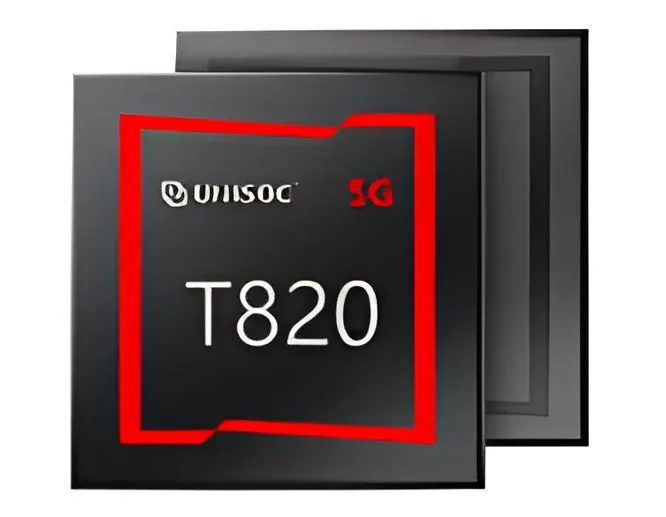
Unisoc T820, from a Chinese manufacturer, has attracted attention in the smartphone market. Built on a 6nm process, it combines one Cortex-A76 core clocked up to 2.7 GHz, three additional Cortex-A76 cores, and four energy-saving Cortex-A55 cores.
This setup offers solid performance for its class, making the T820 a strong competitor to the Helio G99 and even some higher-end chipsets. The Mali-G57 GPU supports light to mid-range gaming, while 5G connectivity ensures fast and stable internet.
It supports cameras up to 64 MP and video recording at 1080p. In synthetic benchmarks, the T820 reaches an AnTuTu score around 420,000. This makes it one of the best options in the mid-range segment for price-to-performance value.
5. MediaTek Dimensity 6300

MediaTek Dimensity 6300 is a newer chipset that succeeds the Helio G99 by adding 5G support without losing power efficiency. It has two Cortex-A76 cores running at 2.4 GHz and six Cortex-A55 cores, paired with a Mali-G57 MC2 GPU, delivering performance close to the Dimensity 6080.
One of its main strengths is maintaining stable temperatures during extended use and offering better power efficiency. It supports Full HD+ screens with refresh rates up to 120 Hz, cameras up to 108 MP, and 2K video recording at 30fps.
With an AnTuTu score between 380,000 and 400,000, the Dimensity 6300 suits users who want a good balance of performance, efficiency, and modern connectivity.
6. Snapdragon 695

The Snapdragon 695 is one of the most advanced chipsets on this list. Made with a 6nm process, it combines two high-performance Kryo 660 Gold cores based on Cortex-A78 and six power-efficient Kryo 660 Silver cores based on Cortex-A55.
The Adreno 619 GPU delivers strong graphics performance, capable of running games on medium to high settings smoothly. The Snapdragon 695 also includes a Snapdragon X51 modem that supports sub-6GHz 5G connectivity.
This chipset supports Full HD+ screens with a 120Hz refresh rate, cameras up to 108 MP, and video recording at 1080p with 60fps. With an AnTuTu score above 420,000, it is a solid choice for users who need high performance for multitasking, productivity, and entertainment.
7. Snapdragon 765G
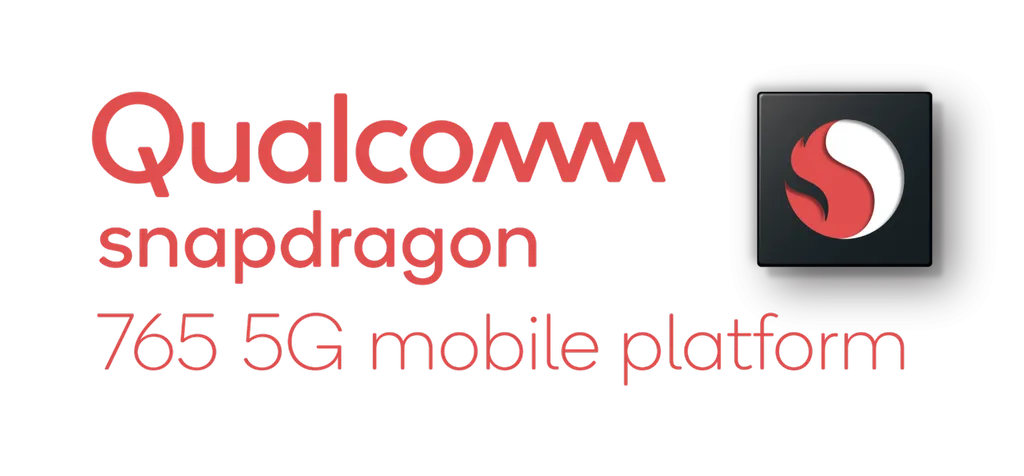
Qualcomm’s Snapdragon 765G was the first in the Snapdragon 700 series to support 5G. Released in early 2020, it has three CPU clusters. The first cluster contains one Kryo 475 Prime core running at 2.4 GHz.
The second cluster includes Kryo 475 Gold cores clocked at 2.2 GHz, and the third cluster has six Kryo 475 Silver cores at 1.8 GHz, designed to save power. The Prime and Gold cores are based on Cortex A76, while the Silver cores are modified Cortex A55.
This chip uses an Adreno 620 GPU running at 750 MHz and a Spectra 355 ISP that supports cameras up to 192 MP. It also has an internal X52 5G modem and a Hexagon 696 AI processor.
Additional features include support for video recording up to 4K, WiFi 6, and output to devices with up to 4K resolution. The Snapdragon 765G scored 376,546 on AnTuTu 9, with GeekBench 5 scores of 589 (single-core) and 1784 (multi-core).
8. Exynos 980
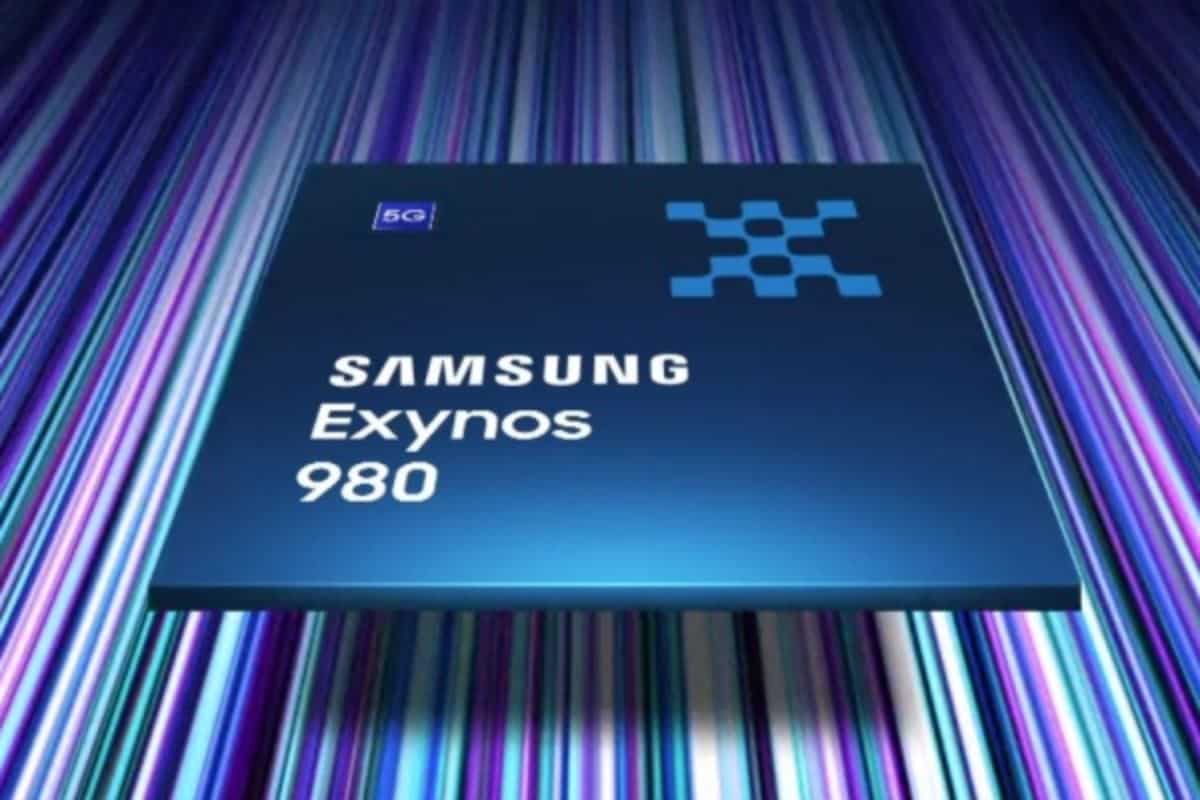
Samsung developed the Exynos 980 chipset, built with an 8nm process and supporting 5G thanks to its integrated modem.
This SoC has an octa-core setup: two Cortex A77 cores at 2.2 GHz for high performance, and six Cortex A55 cores at 1.8 GHz for energy efficiency. It uses a Mali-G76 MP5 GPU.
Samsung also added a DSP and NPU to boost AI capabilities. The chipset supports a main camera up to 108 MP and dual 20 MP cameras. It can record 4K video at 120 fps.
On AnTuTu 9, the Exynos 980 scores 385,141. Its GeekBench 5 single-core and multi-core scores are 689 and 1838, respectively.
9. MediaTek Dimensity 810

The MediaTek Dimensity 810 was released in the third quarter of 2021. It has eight CPU cores: two Cortex A76 cores and six Cortex A55 cores, all running at 2.0 GHz. The chipset also includes a Mali G57 MC2 GPU, an APU, an ISP, and a 5G modem. All of these parts are built using a 6nm manufacturing process.
The Dimensity 810 supports Full HD+ displays with a 120Hz refresh rate and cameras up to 64 MP. It works well with LPDDR4X RAM and UFS 2.1 storage.
For video, this chipset can record up to 1080p at 30 or 60 frames per second, as seen in phones like the POCO M4 Pro 5G.
On AnTuTu 9, the Dimensity 810 scored 372,551. According to GeekBench 5, its single-core and multi-core scores are 621 and 1889. In the 3DMark Wild Life test, its GPU scored 1230.
10. Kirin 810

The HiSilicon Kirin 810 is a chipset made by Huawei’s subsidiary and released in 2019. It has two Cortex A76 cores running at 2.27 GHz and power-saving Cortex A55 cores at 1.88 GHz.
Manufactured with a 7nm process, it uses a Mali G52 MP6 GPU clocked at 850 MHz, Kirin ISP 4.0 supporting cameras up to 48 MP, and a built-in 4G modem. The chipset also includes an AI processor based on Huawei’s Da Vinci architecture.
However, the Kirin 810 only supports Full HD displays with a 60Hz refresh rate. It can record 4K videos at 30fps. Phones using this chipset include the Huawei Nova 5 and Huawei P40 Lite.
On AnTuTu 9, the Kirin 810 scored 367,396. GeekBench 5 reports single-core and multi-core scores of 596 and 1915. In 3DMark Wild Life, its GPU score is 1420.
This list shows chipsets similar to the MediaTek Helio G99. Each offers different strengths, including power efficiency, CPU and GPU performance, multimedia support, and 5G connectivity.
